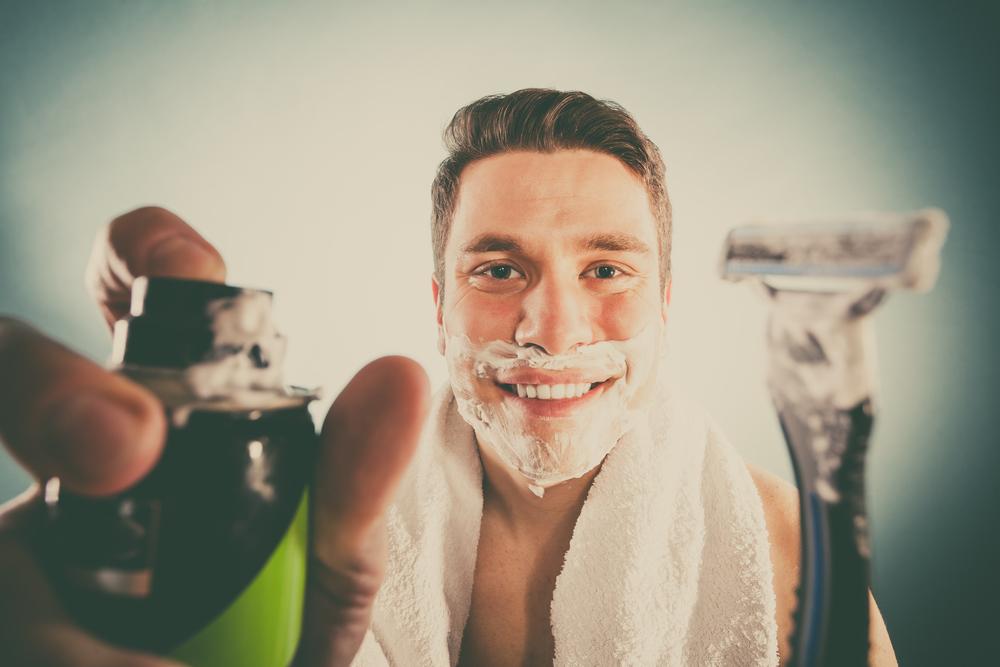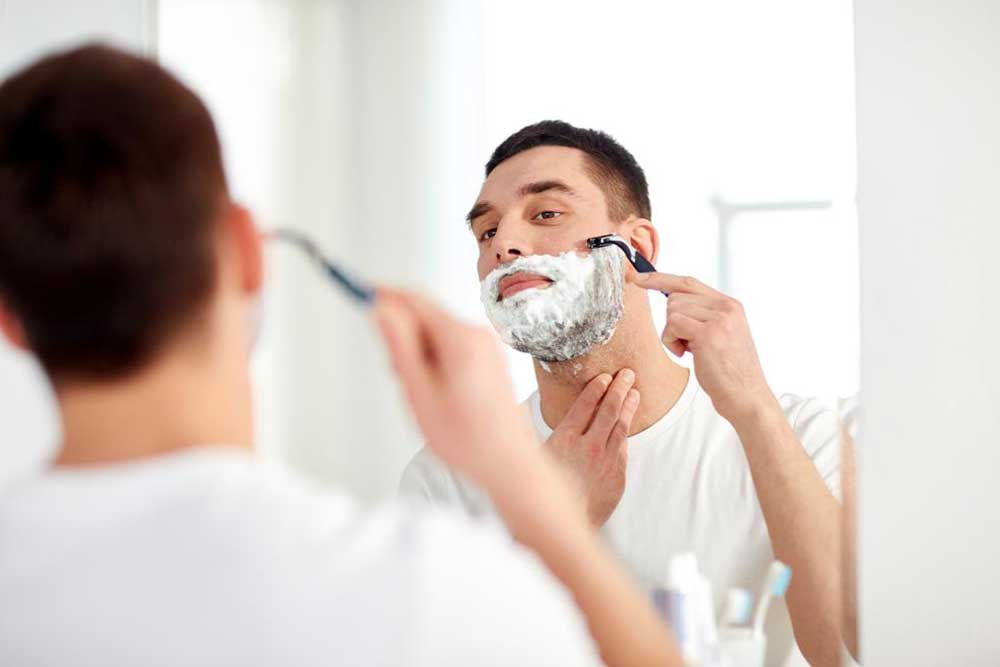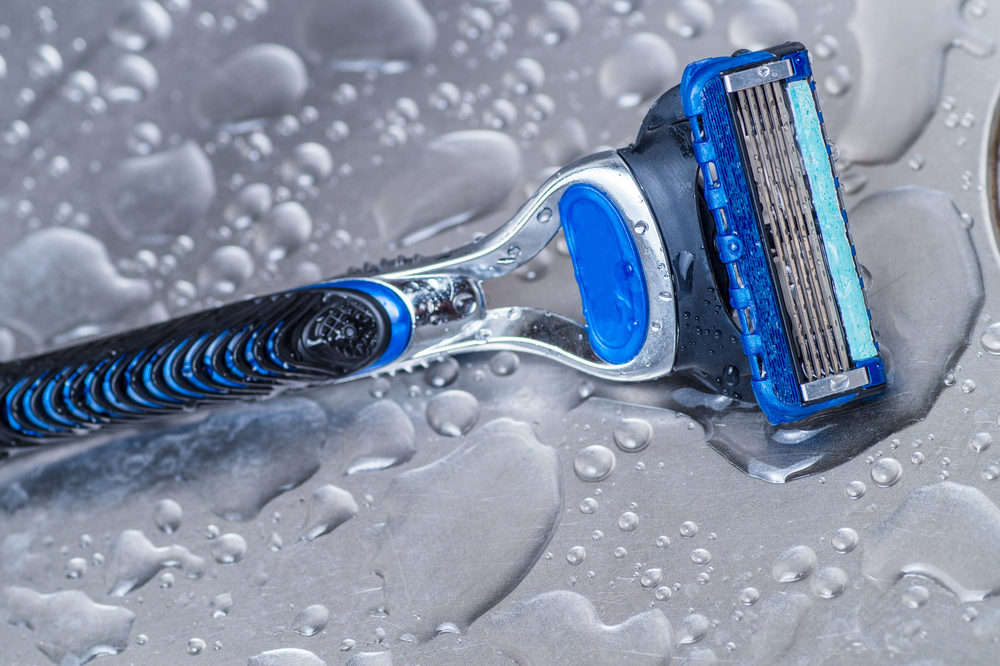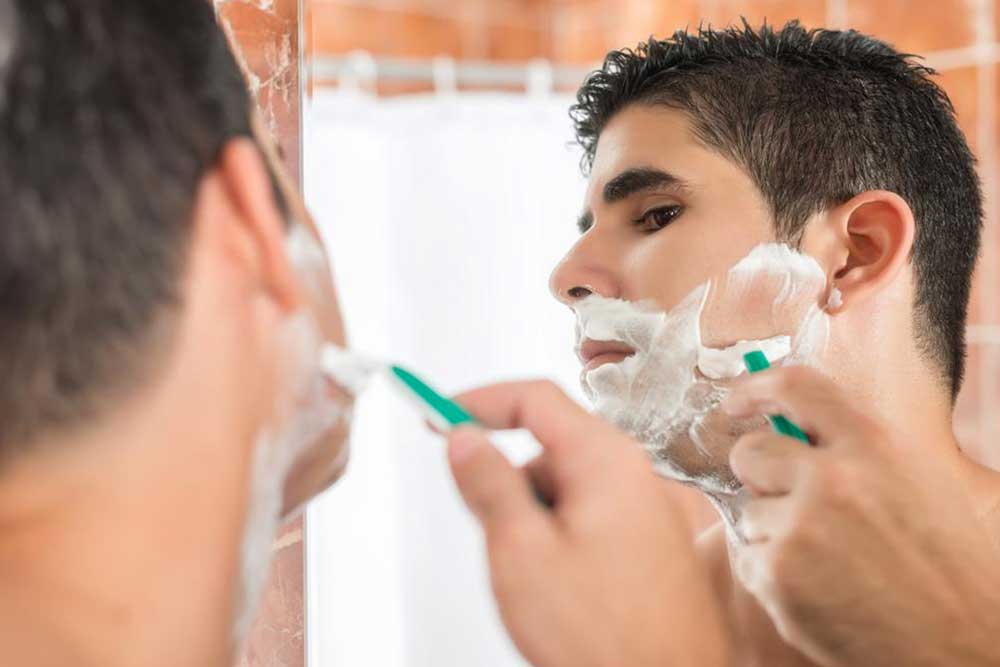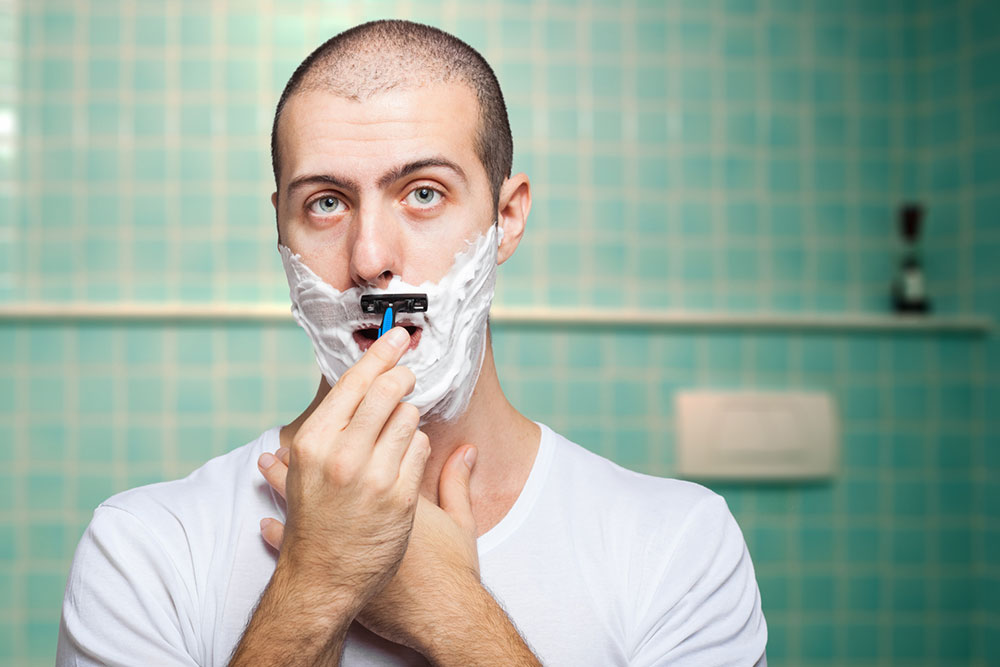Comprehensive Guide to Razors: Types, History, and Expert Tips for a Perfect Shave
Explore the comprehensive guide to razors, covering their history from ancient times to modern innovations. Learn about different types of razors, their features, and expert tips for safe and effective shaving. Whether you prefer electric, straight, or safety razors, this guide helps you choose the right tool and maintain skin health, ensuring a smooth grooming experience. Perfect for grooming enthusiasts and beginners alike, discover how technology and tradition blend in the art of shaving.
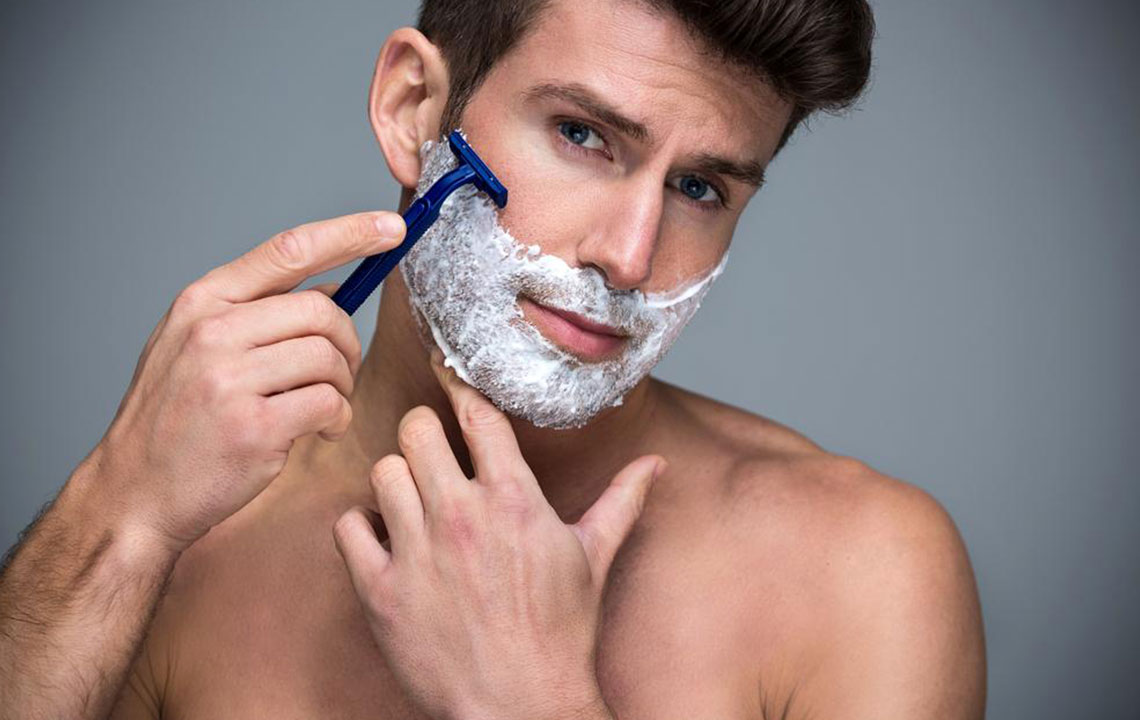
Everything You Need to Know About Razors
Razors are essential grooming tools used worldwide, serving the primary purpose of providing a clean-shaven look or maintaining various facial hairstyles. With technological advancements over the centuries, modern razors have become highly efficient, safe, and easy to use, making grooming routines more straightforward than ever. Whether you're aiming for a smooth shave or exploring different styles, understanding the different types of razors, their history, and how to use them safely can significantly enhance your grooming experience.
A Brief History and Evolution of Razors
Body hair removal and grooming have been part of human culture for thousands of years. Archaeological evidence shows that early humans used primitive tools made of sharp flints and stones for shaving. As civilization advanced, so did the tools used for grooming. The earliest documented razors date back to ancient civilizations such as Egypt, Mesopotamia, and Greece. These early implements were often crafted from materials like bronze, copper, or iron, and ranged from simple sharpened stones to more sophisticated metal blades.During the Roman Empire, shaving became a common practice among men, with the use of razors made from bronze and later steel. The Middle Ages saw the development of more refined blades, and by the Renaissance period, straight razors originated in Sheffield, England, around 1680, becoming popular for their precision and closeness of shave. The industrial revolution introduced mechanized manufacturing, allowing for mass production of razors, thus increasing accessibility and affordability.
The 20th century marked significant technological innovations, including the invention of safety razors, cartridge razors, and electric razors. These innovations aimed to improve safety, convenience, and comfort. Today, razors are not only functional tools but also reflect cultural trends, personal style, and technological advancements, making grooming an evolving art form.
Varieties of Razors Available Today
Modern grooming offers a diverse range of razors tailored to different needs, skin types, and personal preferences. Understanding the features of each type can help you select the ideal razor for your routine:
Electric Razors: Electric razors use rotating or oscillating blades powered by batteries or electricity. They are particularly suitable for individuals with sensitive skin because they reduce irritation and do not require water or shaving foam. Ideal for quick grooming, they come in foil and rotary designs, each offering different shaving experiences.
Straight Razors: Historically known as cut-throat razors, these feature a single, sharp blade mounted on a handle. Originating from Sheffield in the late 17th century, straight razors deliver an exceptionally close shave and are favored by traditional shaving enthusiasts. They require skill and practice but offer precision and a classic grooming ritual.
Safety Razors: Developed in the late 19th century, safety razors feature a protective guard that minimizes the risk of cuts. Modern safety razors often use replaceable double-edged blades or cartridge systems, such as those from iconic brands like Gillette. They strike a balance between closeness of shave and safety, making them popular for everyday use.
Choosing and Using Razors Safely
Effective and safe shaving depends on proper technique and maintenance. Here are some expert tips:
Always ensure your blades are sharp and clean before shaving to prevent irritation and cuts.
Prepare your skin with warm water and shaving cream or gel to soften hair and reduce friction.
Use gentle, short strokes and avoid applying excessive pressure.
Rinse your blades frequently to keep them free of hair and buildup.
Finish your shave with cold water to close pores and apply an after-shave moisturizer or balm for skin soothing and hydration.
Regularly replace blades or cartridges, and clean your razors after each use to maintain hygiene and performance.
By understanding your options and following proper techniques, you can achieve a comfortable, effective shave that keeps your skin healthy and looking good.
